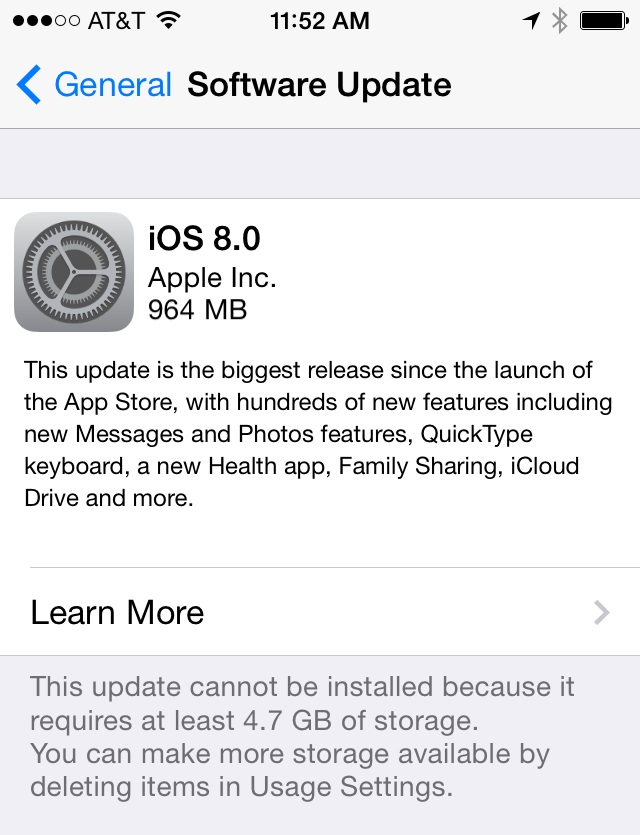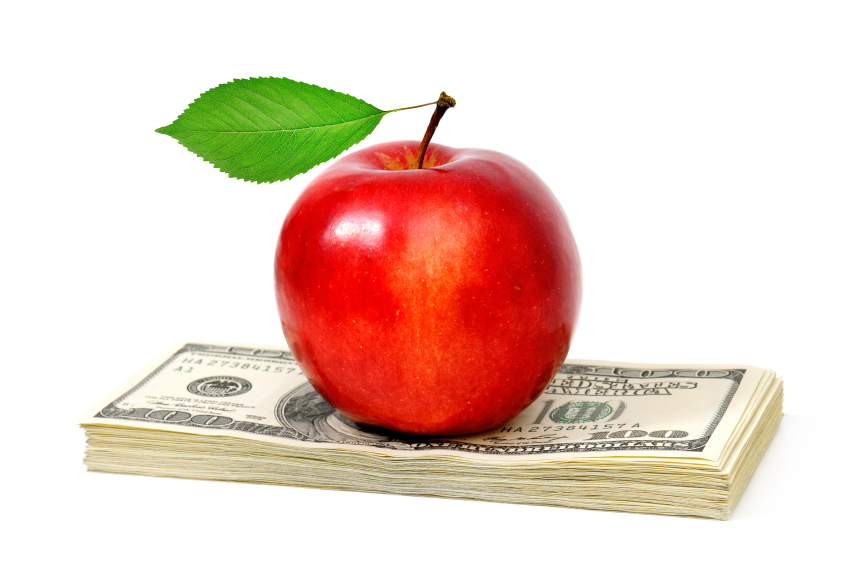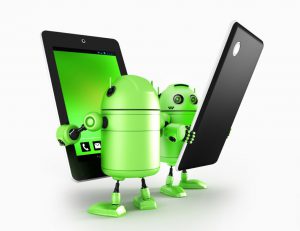Last week, I went to new startup trade show A3E Advanced Audio + Application Exchange. Held at the Hynes Convention Center in Boston, the show is all about making music with technology, and featured lots of great companies from the Boston scene – EchoNest, Noteflight, Harmonix – and schools like Berklee and MIT.
 The best talk I went to explored app monetization schemes. And the best person on that panel was Jeannie Yang, head of design for Smule, a San Francisco company that makes apps for making music. They were on the iPhone early on with a beautiful app called Ocarina. An ocarina is an ancient variation on the flute. As recreated by Smule, it’s a social flute on which you can play live for others and have them play for you.
The best talk I went to explored app monetization schemes. And the best person on that panel was Jeannie Yang, head of design for Smule, a San Francisco company that makes apps for making music. They were on the iPhone early on with a beautiful app called Ocarina. An ocarina is an ancient variation on the flute. As recreated by Smule, it’s a social flute on which you can play live for others and have them play for you.
Smule’s many apps have been downloaded almost 250 million times, which means two things: 1. You can in fact make money on music-making apps. 2. Jeannie Yang has a lot of interesting insights into the challenges of monetizing apps.
Her most important message was about the value of persistence and experimentation when trying to figure out a viable revenue model. When Ocarina came out there weren’t many pricing options available; apps were either paid or free (Ocarina was originally $0.99). Over the course of 20+ more apps, Smule has tried a lot of different models: ad-driven, in-app purchase, and subscription models. More recently, she said, the subscription model has been the most effective. Jeannie intuited that the reason was that a subscription model puts the payment process in the background, leaving users to focus completely on making music.
Her lessons? Keep trying different approaches and don’t be afraid to experiment until you get it right. But there was more. When asked “do you pay for downloads?” Jeannie’s response was, “Absolutely.” As soon as you realize that the lifetime value (LTV) for your customer base is greater than your customer acquisition cost (CAC), she said, the choice is clear. However, both LTV and CAC can vary by segment, which means that you have to pay attention to the channels that you pay for and to the customers who come from each channel. It’s not hard, but you have to be rigorous and disciplined about your analytics. In fact, Jeannie commented, analytics are so fundamental that they should be integrated into every app from the very beginning.
So if you start with a foundation of analytics, add on an understanding of channels and customer acquisition cost, and then finally gather a model of your LTV by channel, you too can make beautiful music with your apps.
Got it?
Month: September 2014
So, if you don’t know where to get started with a blueprint for your app, Rocket Farm Studios can take the pressure off.
What Apple users want
There’s just something about a new Apple product. Something that makes people line up outside Apple stores more than a week before a new device is even announced. Something that nudges thousands of people to trade in their existing iPhones in anticipation. Something that makes our sales director’s 13-year-old daughter download iOS 8 even before getting out of bed the day it is released.
Perhaps this Twitter user said it best when, during the iPhone 6 launch event, she tweeted:
My iPhone 5 looks so ashamed now that it knows how lame it is. #AppleEvent
— Jen Deaderick (@jendeaderick) September 9, 2014
The capital-E Event itself is carefully calculated to stoke the hype and the excitement, making the new phone and new operating system urgent cultural phenomena rather than mere product releases. And it most certainly works — when’s the last time you saw news coverage of a line forming for a new Samsung release?
Indeed, there is nothing like the existence of a new iPhone to make us all acutely aware that our phones, though perfectly acceptable up until now, just won’t cut it anymore. And it’s not just you (and @jendeaderick’s disheartened phone) feeling that way. Harvard economics professor Sendhil Mullainathan notes in the New York Times, that every time a new iPhone is released, Google searches for “iPhone slow” spike. Perhaps, as the conspiracy theorists would have it, the evil geniuses at Apple have purposely designed our current phones to get glitch at the exact moment when a shiny new option appears. But there seems to be a more likely – if not entirely rational – explanation: We humans just like shiny new things.
“The research shows that just a hint of something better out there makes us devalue what we already have,” Amber Epp, an assistant professor of marketing at the University of Wisconsin, told NBC News.
 And once that desire is sparked, our brains just start doing what they do best: rationalizing. If your phone really has been slow lately then indulging in an iPhone 6 just makes sense, right? Apparently so. Within days of release, Apple had sold more than 10 million of the new devices, handily breaking previous sales records.
And once that desire is sparked, our brains just start doing what they do best: rationalizing. If your phone really has been slow lately then indulging in an iPhone 6 just makes sense, right? Apparently so. Within days of release, Apple had sold more than 10 million of the new devices, handily breaking previous sales records.
Just as important from an iPhone development standpoint, however, are the release and adoption of iOS 8, which became available last week. So far it seems this latest update is not making the same splash as its predecessors. Part of the trouble, however, is the size of the download – phones with less memory or lots of apps and music just can’t install iOS 8 quite yet.
It is, of course, possible that the iOS 8 adoption lag will disappear as more people buy the iPhone 6 or take the time to weed through their files and make room for the new system. Until then, we iPhone app developers will be watching and waiting.
So, if you don’t know where to get started with a blueprint for your app, Rocket Farm Studios can take the pressure off.
Apple Pay paves the way
With weeks of leaks leading up to the big event, today’s Apple iPhone 6 announcement wasn’t overly surprising (except, perhaps, for the translation glitch that plagued the livestream). There’s a sexier display, a faster processor, a thinner design, a better camera, stronger glass, enhanced text messaging, lower-than-expected price points, and a lot more. Furthermore, the regular iPhone is getting a big brother in the form of the iPhone 6 Plus (I decline to use the word “phablet”). Oh, and something about a watch?
 But the biggest news, to our minds, was Apple Pay, a combination of hardware, software, and services that signals Apple’s entry into the world of mobile payments. It’s coming October 2014, to the great excitement of some cash-averse Rocket Farmers.
But the biggest news, to our minds, was Apple Pay, a combination of hardware, software, and services that signals Apple’s entry into the world of mobile payments. It’s coming October 2014, to the great excitement of some cash-averse Rocket Farmers.
The benefits are clear: Greater security and convenience. But what will it take to realize them?
Google started down this road years ago, with the introduction Google Wallet and the appearance of NFC in many Android phones. And yet the world is not awash in people using their phones to pay for lunch.
Will Apple’s attempt end differently? Here’s hoping. Apple has the largest market share of any device brand in the U.S., giving any move it makes a significant amount of oomph.Furthermore, its powerful partnerships with credit card companies and retailer provide a muscle that Google’s efforts have lacked.
Perhaps most importantly, however, are the 800 million credit card numbers Apple already has on file. This information gives the company a built-in, easy-to-convert audience and thus a tremendous advantage in the mobile payment arena.
Still, a few questions remain:
- Hardware: How quickly will retailers upgrade to payment terminals that accept NFC? As the U.S. begins to move towards chip-and-PIN credit and debit cards (rather than the current, wildly less secure, magnetic stripes) many retailers will be updating their payment terminals, creating an opportunity to adopt NFC technology. Will it happen fast enough to give traction to Apple’s effort?
- Reach: Right now, more than 220,000 merchants accept contactless payments, Apple said today. Big brands like Whole Foods, Walmart, Macy’s, Panera, Staples, and even Disney World are getting in on the game. It seems like an impressive scope, but really encompasses only a tiny fraction of the country’s retailers. How long will it take for the technology to make it to the corner coffee chops and the independent bookstores?
- The competition: In addition to Google Wallet, there are single-vendor options like Starbucks mobile payment system and other emerging solutions from brands like Square, PayPal, and Venmo. Sure, Apple has clout, but its ultimate victory over the competition is not yet a sure thing.
- Consumer interest: So far, there has not been a clamor for mobile payments. But the consumers of 2014 – acclimated to phone payments at Starbucks and snapping pictures of checks to deposit them into bank accounts – may be a little more ready to embrace a new mode of purchasing. Only time will tell.
So, even with Apple’s big move today, the mobile payment future is uncertain. But we can’t wait to see what happens.
So, if you don’t know where to get started with a blueprint for your app, Rocket Farm Studios can take the pressure off.
Android invasion
Today’s post was written by guest blogger Richard Reece. Richard is a senior consultant with Rocket Farm, specializing in both iOS and Android application development. We asked Richard to talk about his strategy for handling device fragmentation when developing for Android. Here are his thoughts:

Some of this will be client dependent, but here’s my perspective on handling Android fragmentation. The main driving goal is to get to an MVP, or minimum viable product.
Device testing: If available, target the two to five devices that have topped the target market over the past year. One testing device should be a Nexus 5 (or 4) — it is a Google device and serves as a reference design. My primary development device is a Nexus 5.
The emulator also supports a wide range of configurations, layouts, and processors, though it is limited because it won’t represent the actual hardware implementation of every manufacturer.
OS versions: The last chart of this TechCrunch article is the most important; there’s a strong correlation between a country’s GDP and the penetration of the latest versions of Android.
Given the dominant structure of the US mobile market — with new or upgradable phone options at the start of each two-year contract cycle — probably 80 percent or more of the US market has an Android OS that is less than years old. This translates, roughly, into version 4.1 (Jelly Bean) onwards (though if one has Jelly Bean it’s probably been upgraded to 4.3). A quick look at AppBrain stats comes up with the same number.
OS and development: My strategy is to develop, test, validate, and get to MVP on the latest OS version (currently 4.4.2, which has a 20 percent adoption rate). This is where the market is going, and the devices are notably faster and “sexier” for testing and demo purposes. Once the client accepts the features and flow, I’ll fold in testing on earlier versions like Jelly Bean and make any necessary adjustments. From 4.1 through 4.4 there shouldn’t be too many issues, but there are libraries and work-arounds available if any issues are found.
The idea is to reduce the risk and time spent developing compatibility work-arounds for features the client may wind up changing or not accepting or caring about. In the end, the client may just want to support the latest version if the cost of making a specific feature backwards-compatible is too high.
I don’t recommend going further back than 4.1 unless there’s a very compelling business reason supported by solid market data.
Architecture: Android does provide quite a few built-in/best practice structures for
handling multiple screen sizes. We follow these, within the constraints of the selected OS version. As with iOS, most Android layouts will scale to fill the screen; depending on the layout and the device, the
UI/UX may not be optimal, but it will run.
Graphics: Minimum of four versions of everything at recommended sizes. Might require more for new screens.
Layout: Use the recommended layout structures (“Fragments”) that can be used in the
phone, then tweaked for tablets to take advantage of the larger amount of screen real estate. The tricky part comes with some of these large phones: Is it a tablet or a phone?
Hardware: This is the “unknown unknown” territory, where our code meets a hardware implementation. Sometimes OEMs indicate they support an API but return 0 (no data) — the API passes the Android compatibility/acceptance test, but will not provide the data we want. Documentation on such issues is often sparse or non-existent. Stack Overflow is usually the best source here: Someone, somewhere in the world has probably encountered the feature/bug before.
So the development strategy is to pay a lot of attention to the areas where our code meets deeper-level hardware control; test and research via Stack Overflow to see where there might be an issue even if we don’t see it our test devices; then add defensive code to make sure things won’t collapse if the outlier is encountered.
So, if you don’t know where to get started with a blueprint for your app, Rocket Farm Studios can take the pressure off.




